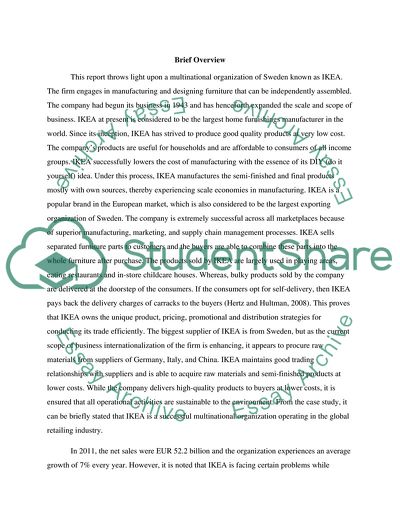Cite this document
(“Ikea Case Summary Study Example | Topics and Well Written Essays - 3000 words”, n.d.)
Retrieved from https://studentshare.org/marketing/1650843-ikea-case-summary
Retrieved from https://studentshare.org/marketing/1650843-ikea-case-summary
(Ikea Case Summary Study Example | Topics and Well Written Essays - 3000 Words)
https://studentshare.org/marketing/1650843-ikea-case-summary.
https://studentshare.org/marketing/1650843-ikea-case-summary.
“Ikea Case Summary Study Example | Topics and Well Written Essays - 3000 Words”, n.d. https://studentshare.org/marketing/1650843-ikea-case-summary.


